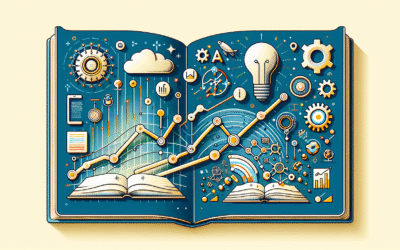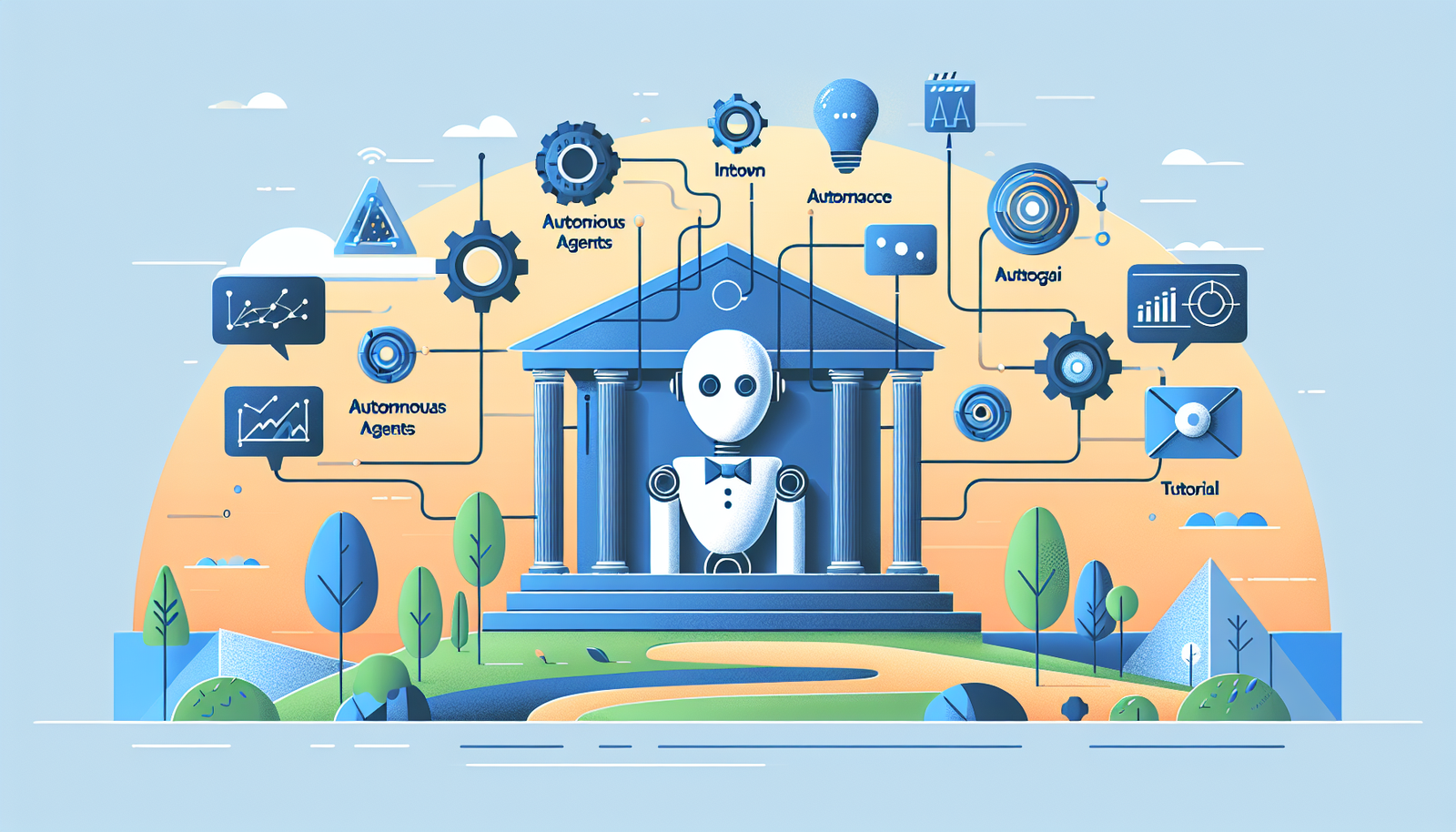Introduction: Choosing the Best AI Agent Deployment Platform
In 2025, enterprise AI adoption has shifted beyond experimentation to scalable, production-ready deployments. One critical path to real ROI lies in deploying AI agents—automated systems powered by large language models (LLMs), fine-tuned instructions, and orchestration pipelines. But which platform is best suited for enterprise needs?
This article compares the top AI agent deployment platforms for large organizations, evaluates their ROI potential, and lays out key features, benefits, and real-world use cases. Whether launching virtual assistants, customer support bots, or complex internal automations, choosing the right foundation is vital.
What Enterprises Need from AI Agent Platforms in 2025
Key evaluation criteria: ROI, scalability, security
According to Gartner, enterprises are prioritizing platforms offering scalability, strong identity and access management (IAM), and measurable ROI. Scalability ensures AI agents can handle millions of interactions without downtime, while cloud-native tools offer cost-effective elasticity.
Why MLOps integration and governance matter
MLOps has emerged as a cornerstone for responsible and efficient enterprise AI. Platforms like Vertex AI integrate with versioning, drift detection, and real-time model monitoring. Governance frameworks ensure that AI agents comply with internal audit and external regulatory requirements.
The rise of multimodal and agent orchestration capabilities
2025 platforms now offer multimodal support (e.g., text, image, speech inputs) and native orchestration for multi-agent workflows. This allows AI agents to act in sequence or parallel, invoking APIs, running RAG pipelines, and generating content pipelines across business units.
Top AI Agent Deployment Platforms for Enterprise
Microsoft Azure AI: Enterprise readiness and hybrid cloud support
Azure AI Studio provides a deeply integrated suite for building, customizing, and deploying AI agents. With hybrid deployment options and Azure OpenAI Service, enterprises benefit from centralized governance and full control over security and chat sandboxing.
Google Cloud Vertex AI: MLOps-native and model flexibility
Vertex AI stands out for end-to-end workflows, including model training, evaluation, and prediction serving. Its Model Garden supports 100+ pre-trained and fine-tunable models from Google and third-party providers, ideal for enterprise use.
IBM watsonx: Governance, transparency, and compliance
IBM’s watsonx platform is built for regulated sectors—finance, healthcare, government—where explainability and auditability are non-negotiable. With FLAC (foundation model lifecycle governance) controls and open governance toolkit, it shines in public sector and enterprise compliance pipelines.
OpenAI API and GPTs: Fast deployment and natural language UX
Enterprises are adopting GPT-4-powered agents for customer support and knowledge search due to its low-code builder (Custom GPTs) and OpenAI’s robust infrastructure. While customization is more limited, speed-to-deployment and instant chat UX win adoption in call centers and knowledge bases.
Anthropic Claude and Amazon Bedrock: Responsible AI and scalability
Claude on Amazon Bedrock offers powerful zero-shot reasoning and extensive context windows. The Bedrock platform provides secure, serverless access to models from Anthropic, Stability AI, and others—without model tuning overhead.
Comparing ROI and Use Cases Across Platforms
Customer support and LLM-powered assistants
- OpenAI + Azure: Quick deployment, reduced average handling time by 42% (per McKinsey case study)
- Claude on Bedrock: High accuracy for retrieval-augmented generation (RAG)-based FAQ bots
Internal automations and decision support
- Vertex AI: Used for finance analyst copilots running multi-query pipelines over BigQuery
- watsonx: Decision intelligence apps with legal explanation built-in, crucial in pharma
Compliance, regulated workflows, and ethical AI use
For industries required to explain model output and audit AI behavior, IBM’s watsonx and Google Vertex AI (with Explainable AI module) lead. They help document decision flows, model influence, and risk boundaries.
How to Choose the Right AI Deployment Platform
Industry context: finance, healthcare, manufacturing
Each industry has unique constraints. Finance demands strict validation before trades or credit scoring; healthcare requires HIPAA-compliant data processing; manufacturing needs edge compute + model ensembling. Choose platforms tuned for your vertical.
Total cost of ownership and build-vs-buy decisions
While OpenAI offers low entry costs, long-term savings may come from customizable, containerized solutions like Azure or Bedrock. Factor licensing, team resourcing, infrastructure costs, and integration overheads.
Checklist for implementation readiness
- Assess internal AI maturity and team capabilities
- Define target use cases and SLA expectations
- Ensure security and audit trail requirements are covered
- Run evaluative POCs with 2–3 platforms
FAQs: AI Agent Platforms in 2025
Focus Keyword: AI agent deployment platforms






